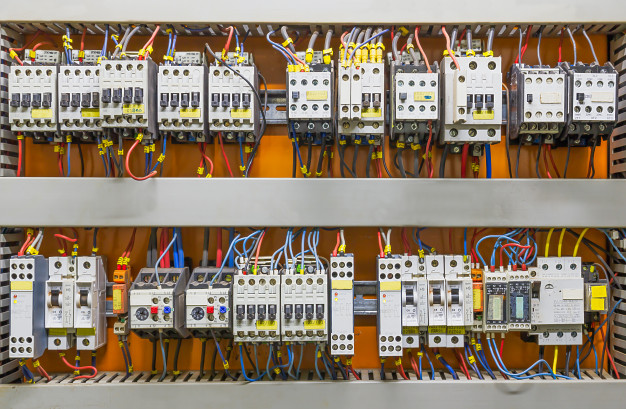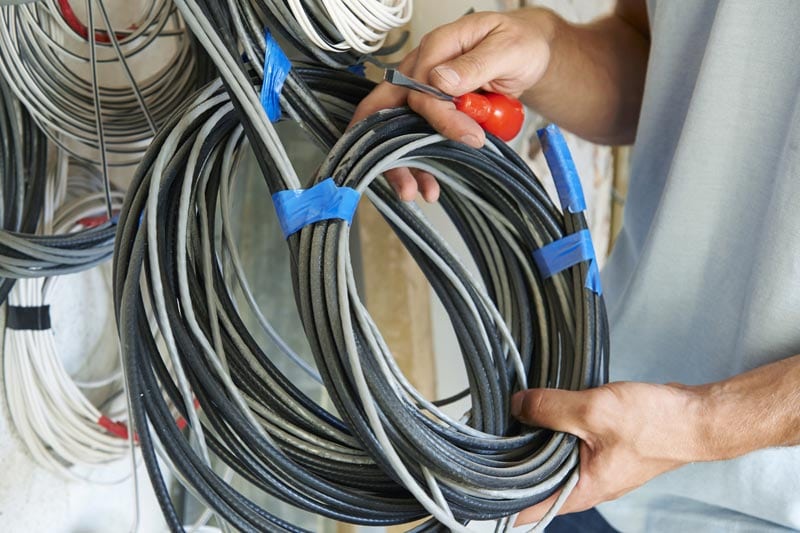The Home automation system is the real deal in today’s era. It does not only make life easier, convenient, reliable, and smooth but also helps in saving money, time, power consumption, and helps to feel safe within your home.
Home automation can either be wired or wireless. There is an ongoing dilemma about which solution is better: a wired system or a wireless system since the smart home system was developed. Both wired and wireless systems have their pros and cons. And the cost, ease of installation, security, and previous condition of your home are factors which are creating confusion for selection.
Today we all are going wireless in all sectors. And we think that wireless is better than a wired system. But there are enough reasons for choosing a wired system too. So let’s see the differences, pros, and cons of both wired and wireless home automation system in detail.
Wired home automation system:
In wired home automation systems all smart devices are connected through hub and wires.
Advantages of a wired automation system :-
- The wired system has a very low-security risk. No one can hack into your wires. So, in the wired system you have a low risk of someone breaking into your smart home through hacking.
- The other amazing feature of the wired system is its reliability. You would not have face problems like interference and range and get the connection where ever wires go. And it is more stable when a large amount of data is to be transferred.
- Speed is the primary concern for any operation. The response of the wired system is quite better than the wireless automation system.

- In the wired system you will still run your device even if the network password or your network changes. It is like once you have installed the wire. It’s done. You would not do anything till the wire gets damaged.
- Cost: 40000 INR per room to 300000 INR per room.
Disadvantages of a wired automation system:-
- A wired system is comparatively expensive. You have to buy wires, switches, and hubs for installing this system and you have to technical expert for the installing part.
- In wired automation, retrofitting is very difficult. As it involves several and holes being created in walls, floors, and ceilings to run the wires. So major changes regarding wire is not possible.
- This system is highly inflexible.
- For more details regarding wiring you may see “What additional wiring is required for wired and retrofit home automation?”

Wireless home automation system:
A wireless automation system offers extreme convenience. Nowadays, it comes with so much developed technology. They are extremely popular as they are reliable to almost all sizes and types of homes.
The most frequently used technology in the wireless home automation system is Wi-Fi, Bluetooth, Z wave, and ZigBee.
Advantages of a wireless automation system:-
- Wireless automation system requires minimum wiring, which are the power connections to all wireless devices, controllers, and Wi-Fi routers.
- The other advantage is that, it’s the ease of installation. You can install any device to your wireless system
- It does not require detailed planning and rewiring.
- This system is highly flexible, you can use the number of home control devices without tangled wires. Devices and controllers cab be moved around to increase their reach and utility without disturbing the rest of the system.
- For more information regarding wiring planning you may see “At which stage should I plan my home automation or smart home?”

- Wireless technology also makes it easy to take advantage of upgrades and new technologies as they become available, allowing home to become more efficient and save more energy over time. This can significantly enhance the lifetime value of a facility.
- Due to all these reasons, it is easy to retrofit. That’s why most home-owner prefer wireless automation systems for older homes.
- The cost of installing this system is very low as compared to the wired automation system. ( Cost: Wireless retrofit systems start with 25000 INR per room – 100000 INR per room)
Disadvantages of a wireless automation system:-
- The most notable disadvantage of the wireless system is the security issue. As most of the devices are connected to Wi-Fi connectivity, the wireless system is vulnerable to hacking.
- If anyone manages to hack into your wireless home network, that person will be able to control your devices and also will able to disarm the alarm without touching anything.
- When it comes to performance, the speed of responding is quite slow compared to wired automation because of the mesh network.
- Forgetting Password is an issue in a wireless automation system.
- This system may create black spots in the house. In older homes that use a lot of concrete, steel and glass tend to weaken the signal strength. You would not able to control devices from these blank spots. So, some of your devices may be unreachable.
Conclusion:
Both wired and wireless automation system has advantages and disadvantages. So the decision to choose between these systems can be a complex one. As we moved on, in today’s era we are not relying on wires for everything. So a hybrid system is often the most effective solution. A wired backbone, built on smart plugs and switches can operate as a bus network whereas a central cable links several access points with base stations for wireless devices. This can help to utilize the advantages of both systems and makes the system more reliable and stable.






